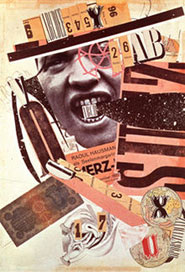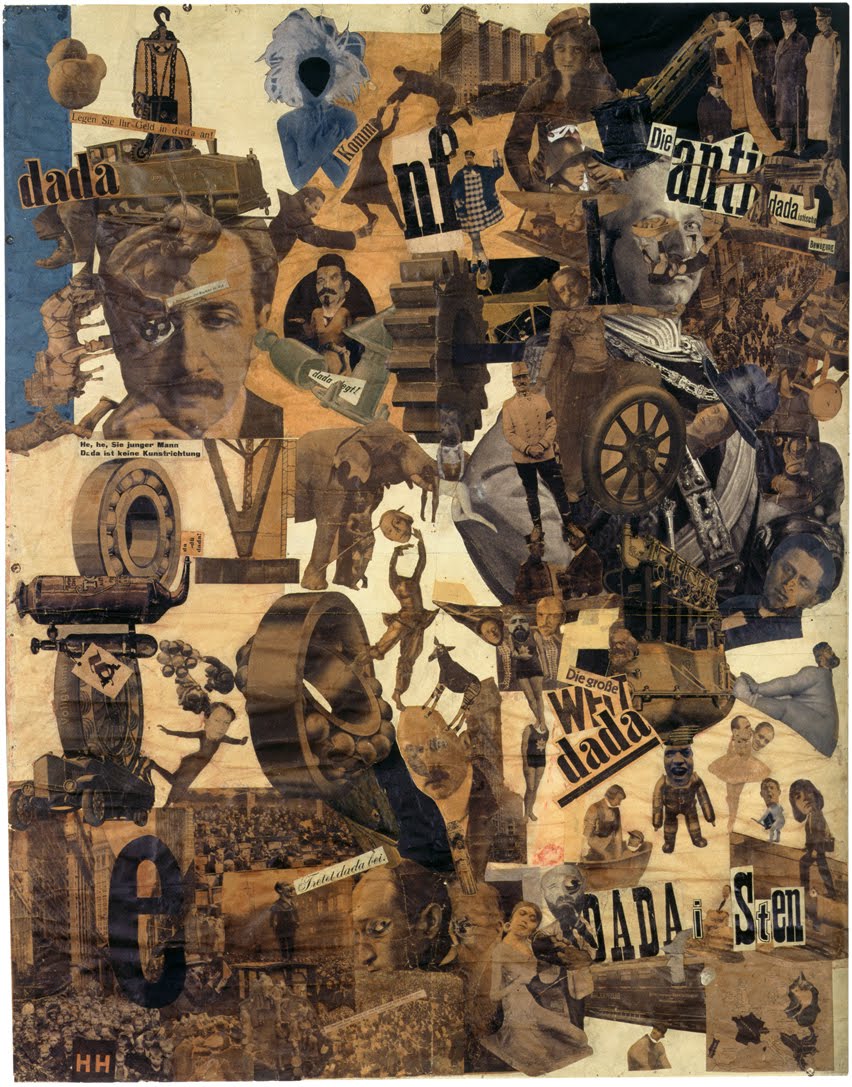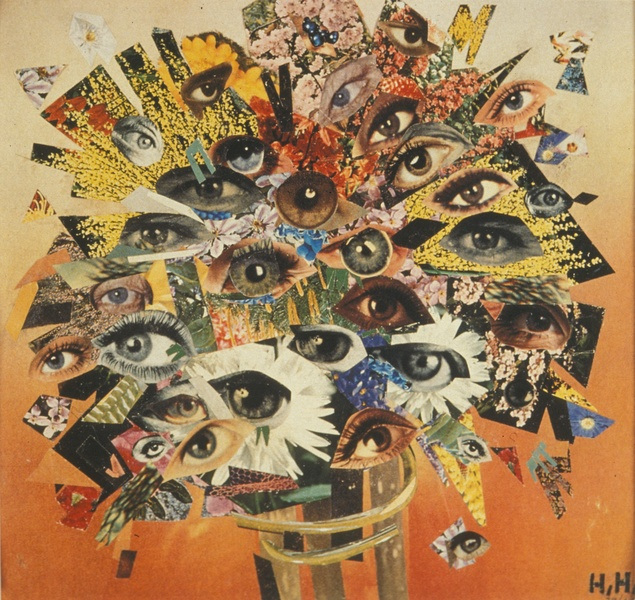When
looking back at early photography and when photography started we all tent to
focus on the some of the most famous photography’s such as Ansel Adams, Henri
Carter-Bresson, William Henry Fox Talbot, ect. but we never think about or
consider any of the founding women photographers, for example photographers
such as Julia Margaret Cameron, Dorothea Lange, Diane Arbus, this is something
that is still continuing today, even though its slightly less noticeable, for
example when thinking about more modern photographs we don’t think about
photographers such as Sally Mann and Lauren Greenfield.
Julia Margaret Cameron
Julia Margaret Cameron was a photographer who
could have possible had one of the biggest influences on photography even to
this day. she was a photographer who picked up a camera a at the age of 48 and
went on to photograph and concentrate on famous and attractive people which
could have been one of the first major influences to the photography we see
today for example the photographs of famous people and celebrities we see everywhere
today. One of the most famous photos she has produced is an image of the Shakespearean
actress Ellen Terry which was titled "Ellen Terry at age 16" this was
an image produced in 1864 and finally printed in 1913. in the photo it shows
Ellen Terry leaning up against a wall, wearing a white top and a lot of jewellery,
while the image itself looks very old and like it was produced when it was the
style of the image, the stance an cloths worn in very modern and it still visible
in portrait photography today.
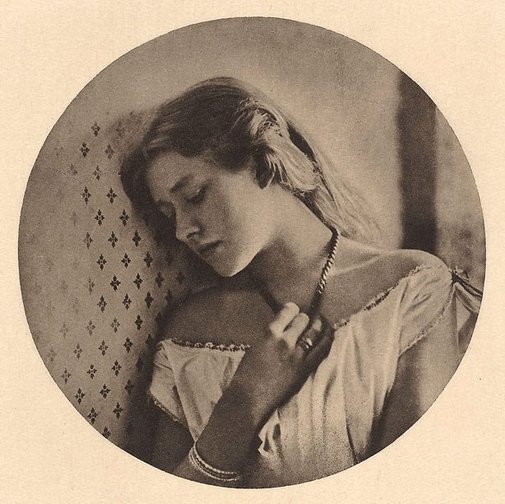 (1)
(1)
Dorothea Lange
Dorothea Lange was an
American Documentary photography, most well known for
her photographs which documented the great depression in
American and photographs of migratory farm workers. When though when
people look back and think about documentary photographs they usually think
about photographers like Ansel Adams and Irving Penn, Dorothea Lange is
considered to be one of the greatest and most influential documentary
photographers. Even though her main works were around the late 1920's and
throughout the 30's her name should easily be bought up with some of the greats
and founders of documentary photography.
 (2)
(2)
The
photograph above is probably Dorothea Lange most famous photograph, it is a
photograph called "Migrant Mother, Nipomo, California", the image was
taken in 1936 near the end of the great depression, in the image is a woman
called Florence Owen Thompson which her children, it was an image which I think
was trying to capture the feelings of Florence and her children and most
importantly I think it was trying to get the message of desperation across to
the audience because Dorothea Lange has captured Florence while she looks very
depressed and worried, also I like how she has captured Florence looking away
from the camera which I think is trying to show that she isn’t worried or
bothered about the photo being taken and has larger worries and thoughts on her
mind. In this image Dorothea Lange has also taken a very natural shot unlike
the image by Julia Margaret Cameron, mainly it’s down to the style of photography
but i like how she hasn’t captured Florence while she’s looking her best and i
think this adds to the message in the photo.
Sally Mann
Sally Mann is an American photographer who is
most famous for her publication of Immediate Family in 1992, it is a publication
which has been considered one of the greatest photography books of our time and
a book which was very influential. Because it was a book which contained her
children naked, party naked and some shots which wouldn’t normally be seen it for example children reenacting familiar situations or scenes it created a lot of controversy.
 (3)
(3)
The image above is a photograph by sally Mann called Candy Cigarette and
was a photograph which featured in her book called Immediate Family, at first glance
it looks as if she has taken a photo with of her daughter with a cigarette in
her mouth, the main purpose I think is because the whole theme of the book was
to be controversial and capture her children doing controversial things, either
set up or natural, I also think it has been taken for a reaction, when first looking
at the image we are shocked and have to take a second look at it, once we
realise it’s a "candy cigarette" we calm down at start to look at the
image in a different way, as a piece of art with a meaning behind it. I like a
lot of images in this book because of the way Sally Mann has used the lights
and tones, I think she has used them very successfully to create a lot of
atmosphere and I think wants the viewer to use every component in the image and
come up with a view about the message behind it and what it means.
Lauren Greenfield
Lauren Greenfield is an American artist,
documentary photographer and documentary filmmaker who is famous for her books
girl culture, fast forward and thin, she is also well known for
her work which promotes issues with gender, the youth culture and consumerism. She
was also named as one of the most influential photographs in May/June 2003 by
the magazine American photo.
 (4)
(4)
The image above is a photograph taken by Lauren Greenfield which
involves a high school student graduating and secretly playing a video game, it
is a photograph she used in the book fast forward which is a book which mainly
focuses on the issues of youth and that is clearly visible in the image above.
in the image there is a high school student who is just about to graduate but
while waiting she is playing a video game which I think show two age stereotypes,
a student graduating which i think maybe signifies become responsible and an
adult but also we have the video game and how she is secretly playing it which
relates back to the behavior of a child. Another issue I think is raised here
is the issue of gender, even though it is a women in the image she is playing a
video game which is more stereotypically aimed at boys.
bibliography
(1)http://www.artgallery.nsw.gov.au/collection/works/235.1977/?
(2)https://www.moma.org/learn/moma_learning/dorothea-lange-migrant-mother-nipomo-california-1936
(3)http://d2jv9003bew7ag.cloudfront.net/uploads/Sally-Mann-Candy-Cigarette-1989-Courtesy-of-Phillips-detail.jpg
(4)http://41.media.tumblr.com/tumblr_lrybc23me41qjvsrlo1_1280.jpg
 (1)
(1)  (2)
(2)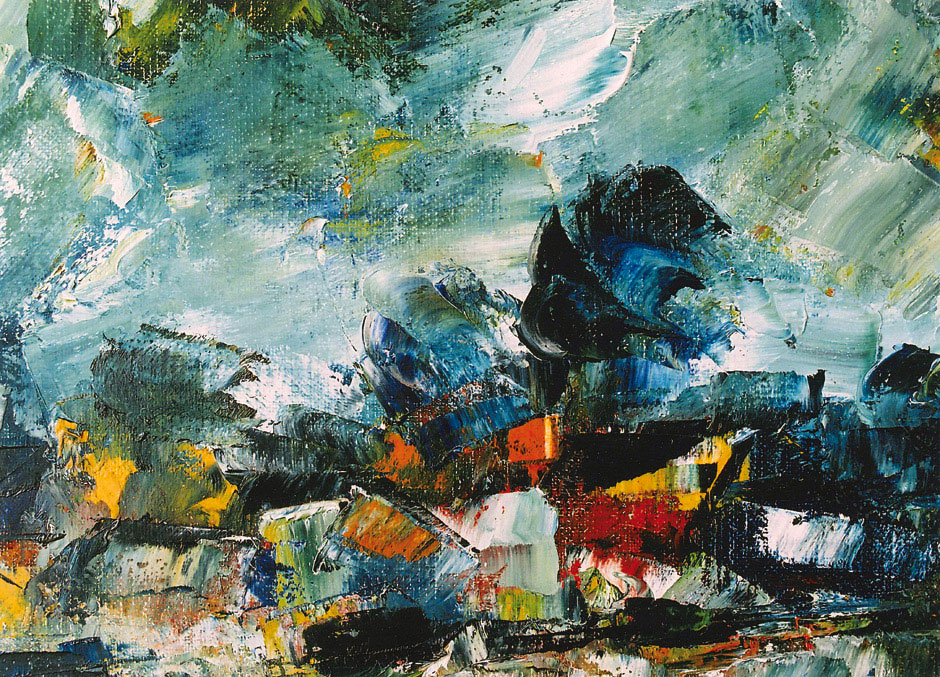 (3)
(3) (4)
(4) (5)
(5)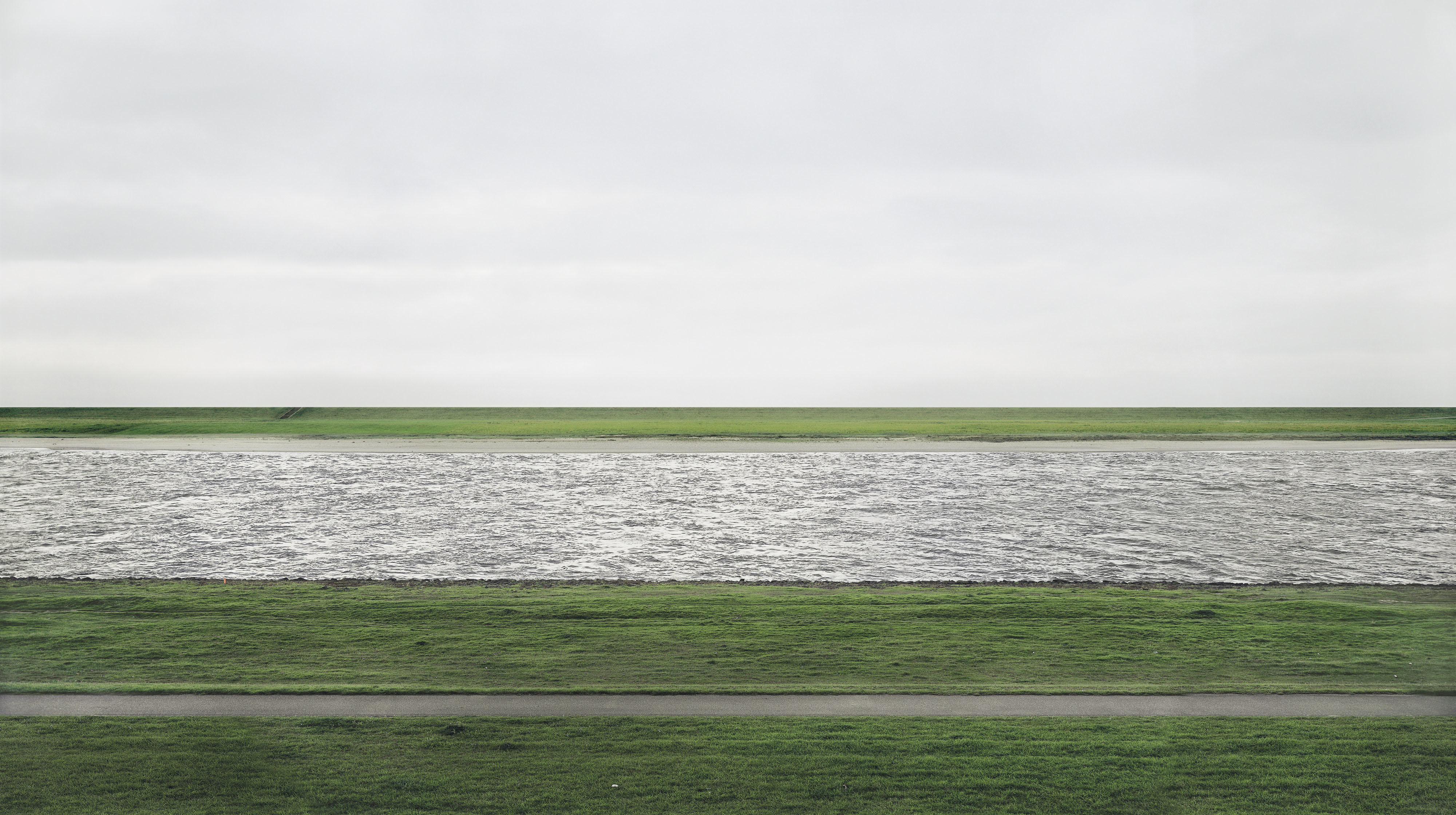 (6)
(6) (1)
(1)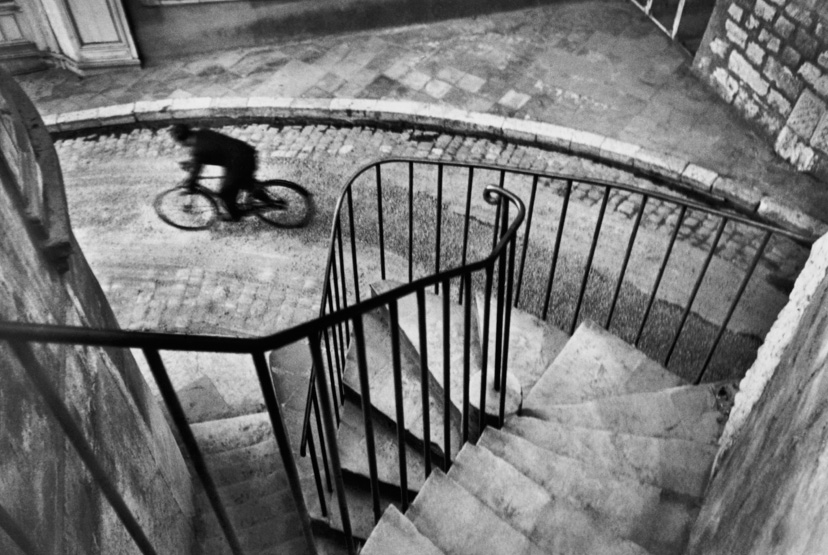 (2)
(2) (3)
(3)